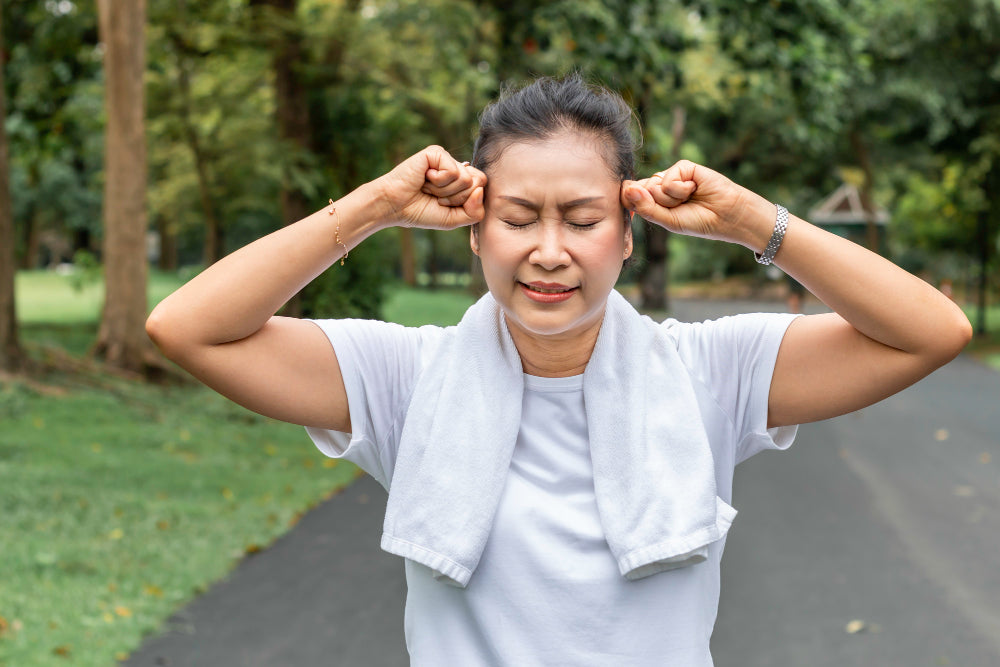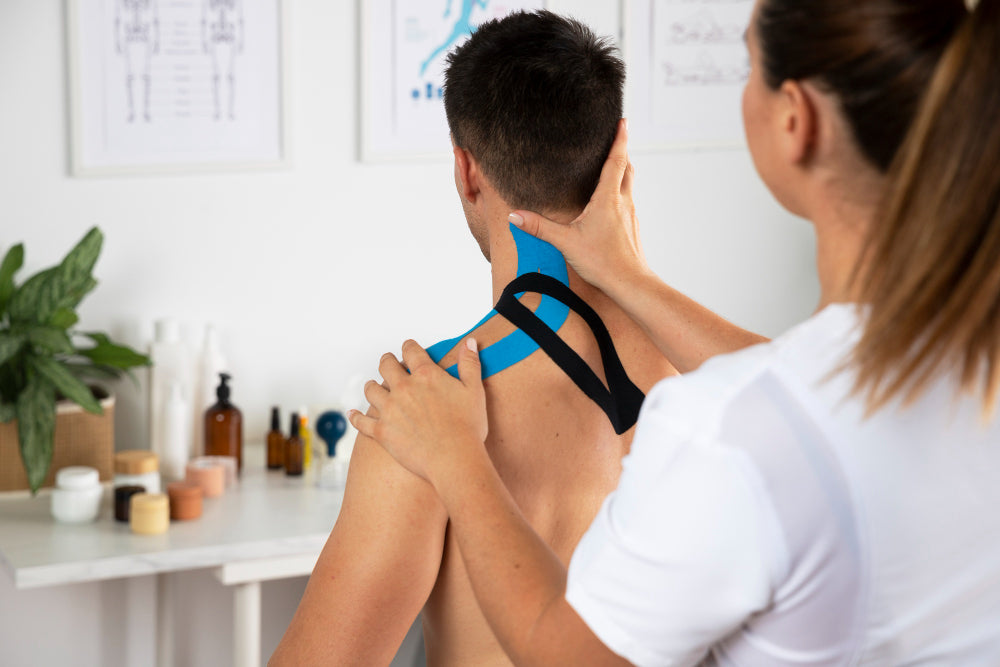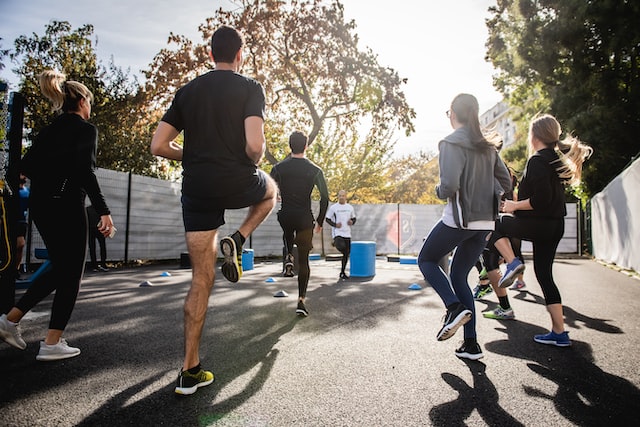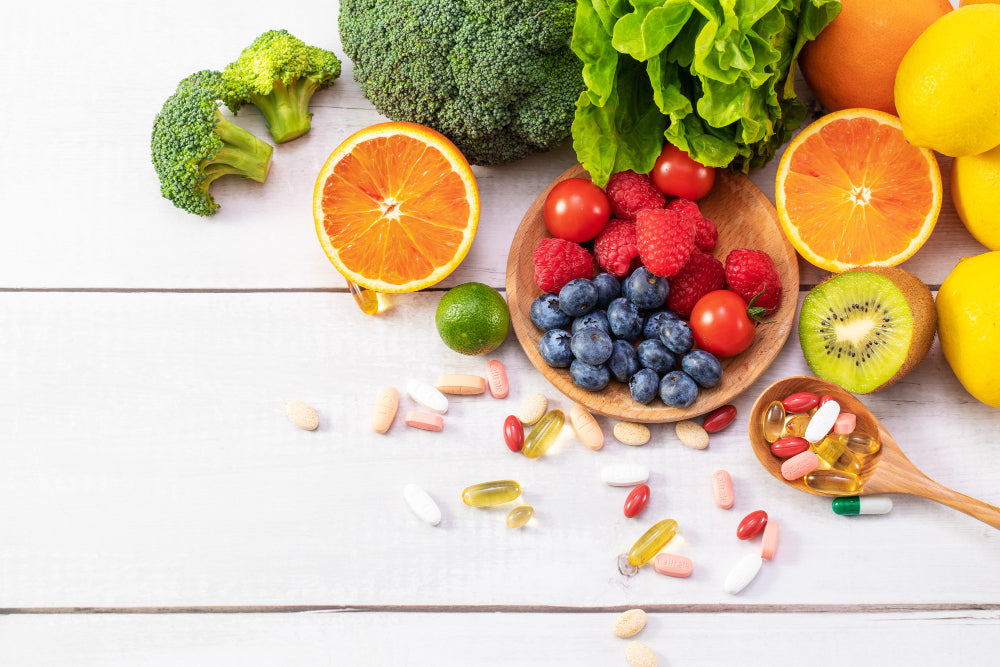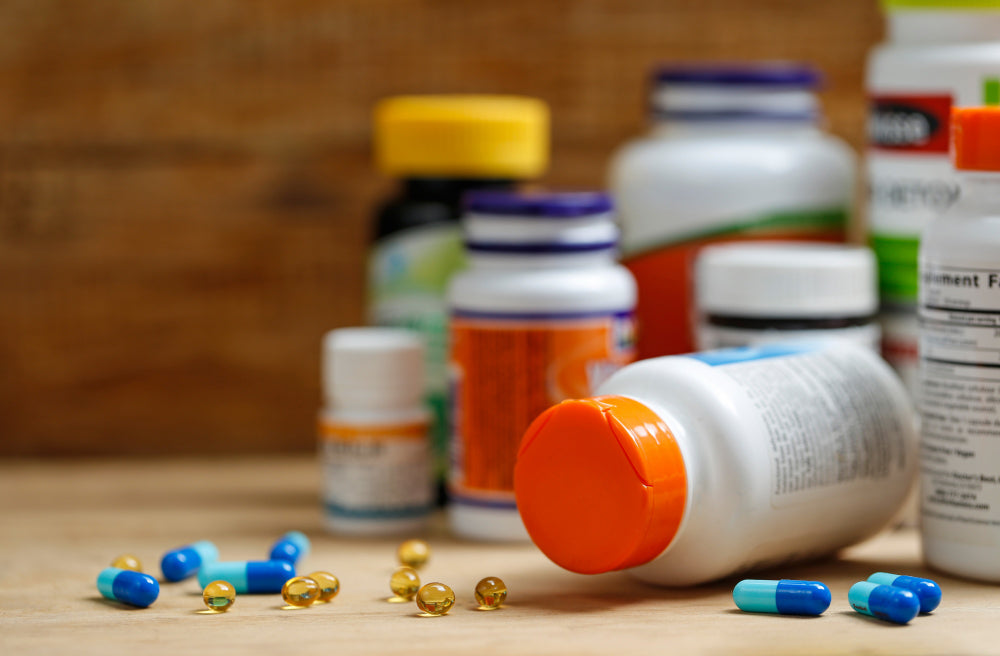The whole field of weight loss can be a nebulous minefield of misinformation, disappointment and failure. Everyone has tips and tricks of what worked for them, but (and this might shock you) you are not them. After a number of failed new year’s resolutions, you just fall back into the same old patterns.
The Atkins diet is designed to stop that cycle happening over and over again. It is systematic and backed by research so that you can achieve your weight loss goals and maintain them going forward. In the 1960s, a cardiologist became so troubled by the rising levels of obesity that he turned his mind to developing a newer more achievable path to weight loss. It isn’t a crash diet, nor is it a fad. It is an entirely new way of living. It focuses on reducing the level of carbohydrates while focusing on proteins and fats. Many of the issues that plague modern western society are the result of our diets; blood sugar levels, weight gains or heart problems.
Here is how it works.
Phase 1 - You need to cut almost all of the carbs from your diet. Vegetables contain some level of carbohydrates, so you can max out at 20 grams from the likes of asparagus, celery beans and broccoli. Usually, you would get about half of your daily energy from carbs, but in this phase, you get around 10%. To make up for this deficit, you should be eating higher levels of protein: Shellfish, poultry, milk, eggs, fish and cheese. You should be aiming to drink plenty of water (at least 8 big glasses per day). You are also trying to cut down on sugar: fruits, baked goods, alcohol etc. This might sound like a bit of a buzzkill, but crucially, you are only in this phase for about two weeks. Think of it a bit like a hard reset.
Phase 2 - After your hard reset, you are looking to balance out your diet. You will only be getting 10-15% of your daily kilojoule count from carbs, but you can start adding in some more nutrient rich options, such as berries, fruits, nuts etc. It becomes a more achievable diet because you are only avoiding pastas, breads and sugars. If you think about the paleo diet, you are on the right track. You should keep this phase up until you are four or five kilos off your target weight. When you get to that figure, you can move into the pre-maintenance phase.
Phase 3 - Here, you begin to widen the net for what is acceptable. You can begin with starchy vegetables or whole grains like quinoa. Additionally, you can add around 10 grams of carbs back into the picture so it is always becoming a little bit more achievable. It is important to continue monitoring your weight loss, because if you begin to plateau out, you will need to move back into phase 2.
Phase 4 - This is the final goal of the Atkins diet, and you never really leave here. You have successfully modified your diet to the point where you are at your ideal weight, and you can maintain this for years. And though this might sound bleak, it is actually a fairly enjoyable way to eat. Your daily meal might look something like this:
- Breakfast: Eggs with avocado. You might include some dried meat like prosciutto to add some flavour. If you’re feeling like there is time, why ot throw in some bacon? This can be complemented with tea, coffee or sparkling water.
- Lunch: Blue cheese salad with a kale base and a hazelnut dressing. You could vary this up with a chicken salad or some kind of stir fry.
- Dinner: Salmon served alongside steamed asparagus or artichoke. A lemon mayonnaise drizzle and some whole grains can be served on the side. Perhaps you could opt for meatballs and a vegetable sauce. Bon appetit.
Here is the general rule of thumb.
Foods to avoid
- Sugar
- Grains: wheat, spelt, rye barley
- Low fat foods: it is counterintuitive, but they are often very high in sugar.
- Veggies that are high in carbs: Turnips and carrots
- Fruits that are high in carbs: Grapes, oranges, bananas, apples and pears
- Starches: Potato, both sweet and regular.
- Legumes: Chickpeas, lentils, and beans
Foods to gravitate around
- Meats: bacon, chicken, beef, pork, lamb
- Seafood: Anything that is fatty is a strong option here. Look for salmon, mackerel, trout or sardines
- Eggs: This bodes well for your breakfasts.
- Veggies that are low carb: Asparagus, broccoli, spinach, kale
- Dairy: Ideally, full fat options are the pick.
- Seeds and nuts: Sunflower seeds, macadamias, almonds and walnuts
- Fats that are healthy: Extra virgin olive oil, avocado oil, coconut oil.
Of course, everyone needs the odd snack to tide us over. At risk of sounding like everyone’s mother, have a glass of water! But if that doesn’t hit the spot, you could consider cheese and celery or peanut butter. There are also a range of products you can buy which have been carefully designed to assist your weight loss journey.
- Breadmix. Bread has often been seen as the enemy to the Atkins diet, but this need not be so. This recipe has less than a quarter of the carbs of other recipes. Happily, bread is now back on the menu!
- Chocolate almonds. This satisfies the sweet tooth, but does so with only 1.5 grams of sugar. It gives you just enough without becoming decedent and indulgent.
- Protein Shake. This is a great option for if and when you become a little bit peckish in between meals. Protein keeps you feeling fuller for longer, and so a quick injection in this delicious vanilla shake is just the thing to tide you over until your next meal.
Ultimately, the Atkins diet is not really a diet. It is a way of living that allows you to maintain a healthy weight whilst eating tasty and satisfying meals.
After all, life is meant for living, not kilojoule counting.












